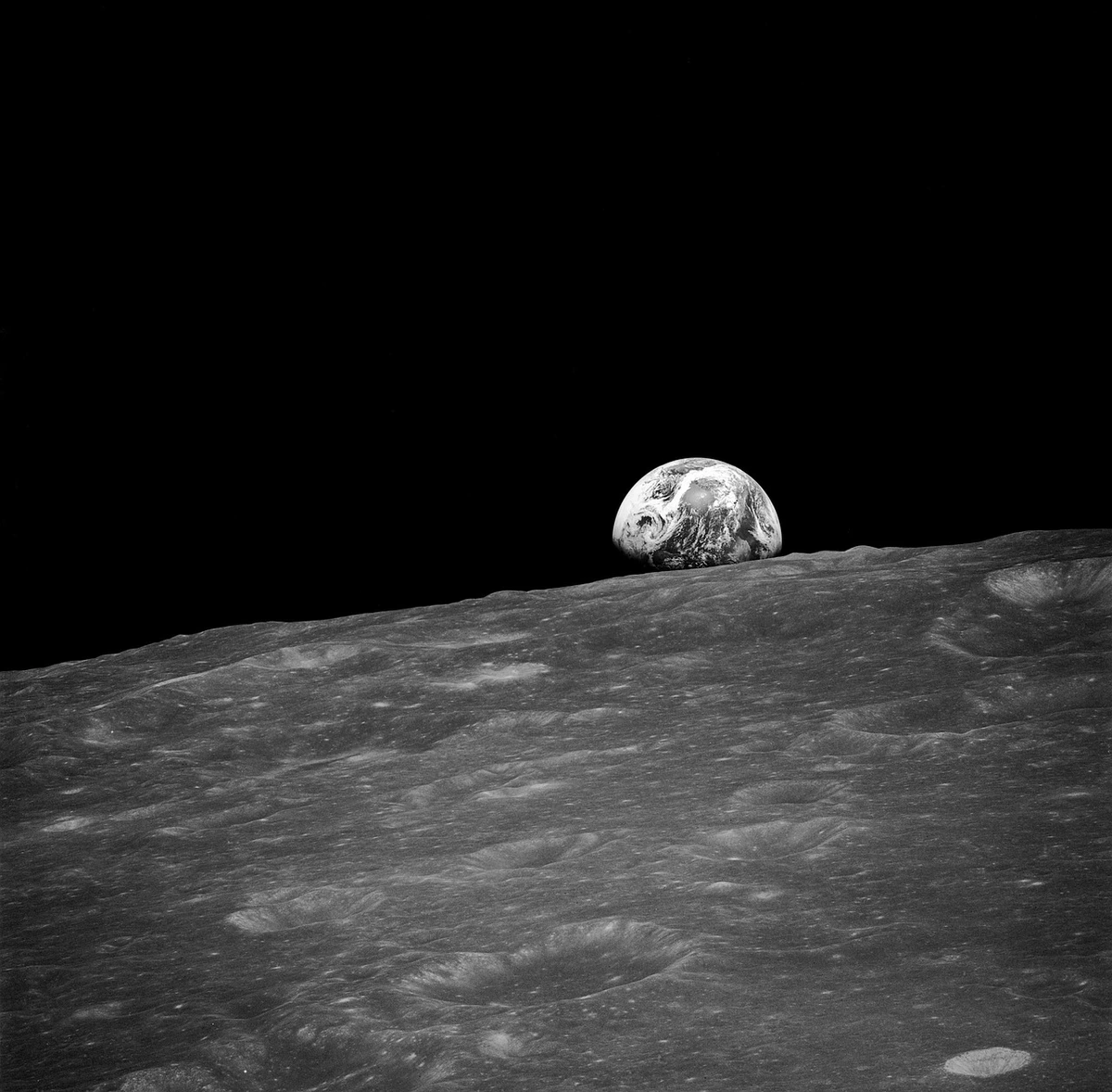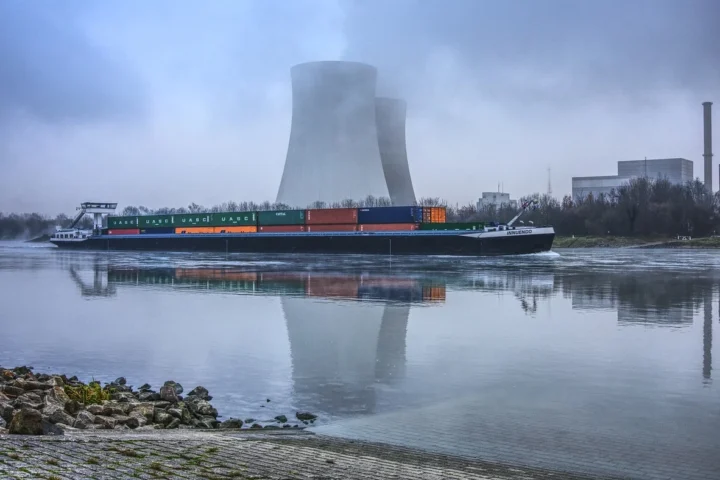India’s historic achievement with the Chandrayaan-3 mission, the successful landing on the lunar south pole, despite speculations on the possible delayed landing, took place on 23 August 2023 at 6:04 PM (Read More: Chandrayaan 3’s deadline is delayed? What is plan B?). This opens up exciting possibilities for both India’s space program and lunar exploration in general. Here’s what’s next:
Scientific Discoveries
Chandrayaan-3 aims to make significant scientific discoveries. It will investigate the physical characteristics of the Moon’s surface, study the lunar atmosphere, and explore tectonic activity below the surface. These findings will contribute to our understanding of the Moon’s geology, and evolution and also explore the possibility of the presence of water.
Water Exploration
One of the primary goals of Chandrayaan-3 is to search for water-based ice. Discovering water on the Moon is vital for future lunar missions, as it can be used for drinking water and oxygen generation for astronauts, as well as for producing rocket propellant for deep-space missions. So is human habitation possible on the Moon?
The presence of water ice on the Moon’s south pole could potentially support human habitation in the future. This mission’s data will help plan and design future lunar bases. If water is found on the Moon, then can it be used?
Space Propulsion
Water-derived resources on the Moon can be used as propellant for spacecraft headed to destinations like Mars. This can significantly reduce the cost and complexity of deep-space missions.
International Interest
Chandrayaan-3’s success reflects India’s growing stature in space exploration. It’s part of a global trend of increased interest in lunar missions, with many countries planning their lunar exploration endeavors. Cooperation and collaboration among spacefaring nations can further our understanding of the Moon. The mission itself is a great legacy and nothing short of an epic adventure that is still going to continue in the years to come.
Chandrayaan Legacy
Chandrayaan-3 builds on the legacy of India’s previous lunar missions, including Chandrayaan-1 and Chandrayaan-2. While the soft landing was not achieved in the latter, the orbiter from Chandrayaan-2 continues to provide valuable data about the Moon.
Gateway to Deep Space
The Moon is often seen as a stepping stone for future deep-space exploration missions. Establishing a presence on the Moon can serve as a platform for launching missions to distant destinations, such as Mars and beyond.
International Collaboration
As nations explore the Moon and beyond, there is potential for increased collaboration in space exploration. Sharing knowledge, technology, and resources can benefit humanity’s collective efforts to explore and utilize space.
To conclude
Chandrayaan-3’s soft landing on the Moon’s south pole is a significant milestone for India and lunar exploration in general. It sets the stage for scientific discoveries, advancements in space technology, and the potential for future human missions to the Moon and beyond.







